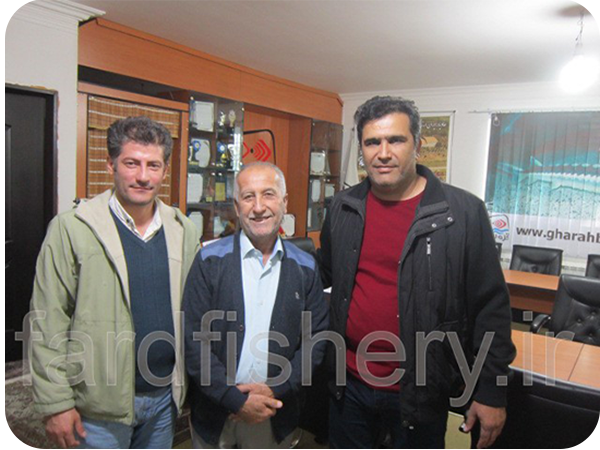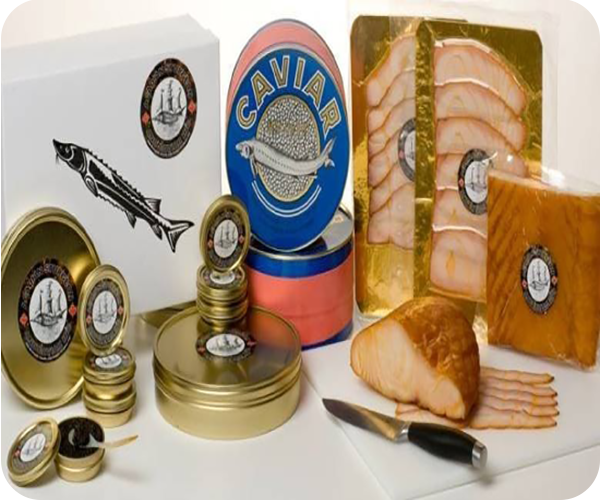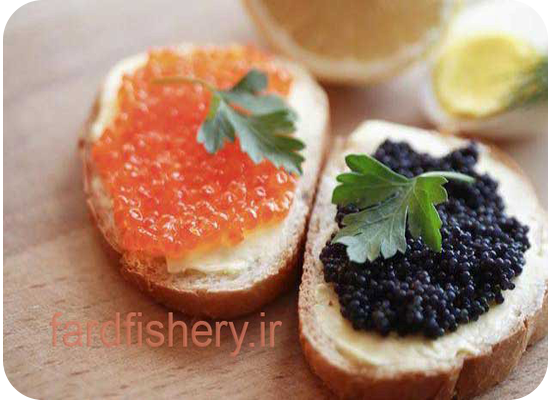Trade status of sturgeon (meat, caviar and other byproducts)
Caviar is the most important and major product of sturgeon and caviar trade in the world trade. Due to the high value of the caviar and the increasing market price for this product every year, it has generated significant revenue for the countries involved in its trade. So that the fish trade at the retail level annually amounts to one billion dollars. World market demand for meat and other sturgeon products, especially baby fish and fertilized eggs (live cargo), is increasing. Of course, the most important species to reach for caviar and meat are predominantly species that are harvested from the natural environment. However, some European countries have had an active role in directing and enhancing sturgeon meat in some cases by providing the tincture of Siberian sturgeon meat to the market. But the most important species that have been at the forefront of global caviar production and export over a five-year period (1998-2008) mainly include ozone, Iranian sturgeon and Russian. Their share in world trade and market caviar is approximately 46% Starry sturgeon (Soroga caviar), 31% Astra and the remaining 23% Beluga, Kaluga and Sturgeon Amur.
Among the major caviar exporting countries, Russia accounted for 39%, Iran 39%, Kazakhstan 12%, Azerbaijan 3%, Romania and China less than 3% and Bulgaria accounted for 1% of total caviar exports. The rest of the caviar’s share of the world market is split among other countries including Canada, the US and France. Meanwhile, the price of caviar (Beluga) as the world’s most expensive caviar exported by Iran has increased significantly.
Meat and other by-products
Sturgeon meat is now increasingly welcomed by consumers around the world. The meat of these fish is remarkable because of its high stability, white color, and so on. High-protein, low-fat, and bone-in beef is one of the increasingly popular foods in the global market. Useful fillet content was 53% in breeding beluga and 47% in Acipenser persicus sturgeon. This is an average of 49% in sturgeon, which is a good economic ratio compared to standard fillet in other fish. Meat of sturgeon like other aquatic species: Live fish, fresh carcasses with ice, fried fish, fillets, steaks or in processed forms including smoked, salted, canned or paste products. . In the supply of fish, fish are sold for a smaller proportion. Whole fish can be introduced to domestic or foreign markets in regular or vacuum packages. The price of these products will be significant per kg.
Supply the fish in such a way that the head and tail of the fish are cut off and it is mainly favored in European markets and is priced at $ 15- $ 20 per kg. The significant increase in the price of this product over previous products can be attributed to the high proportion of heads and fins in sturgeon. On average, the head accounts for 24% of the tail and one and a half percent of body weight. Dough products such as sausages, sausages and cutlets are other sturgeon meat products. The meat of these fish is very good for making dough products because of its low fat content and no bones. The swim bag is used to produce fish glue and Eisen Glass.
Skin for making leather and cartilage for extracting gelatin, as well as for making spinal cord soup for an expensive foodstuff called Ziga, as well as fins and viscera for making fish meal. And can also be considered as part of farm income with proper management.
Also, the sale of biological products (live) is one of the aspects that has unfortunately been neglected in our country so far. These cargoes, which can provide high valuation to the country, include a wide range of products and products such as frozen sperm, fertilized eggs, fresh larvae and young fish species of sturgeon, native species and hybrids. Today, sturgeons are of great importance in the ornamental fish markets because of their beautiful and old-fashioned form. The trade quota of these fish, published each year by CITES, includes in addition to the export quotas of caviar and meat, including the first-generation or breeding heifers, live fish for food and research purposes. And pointed to live fertilized eggs.
For more information you can read more about sturgeon here.




